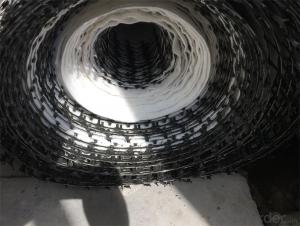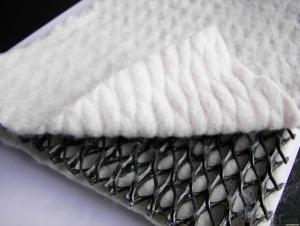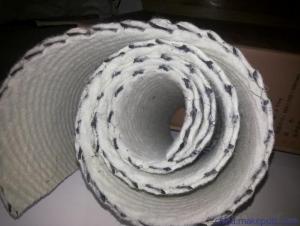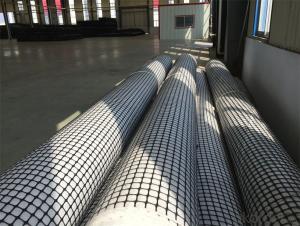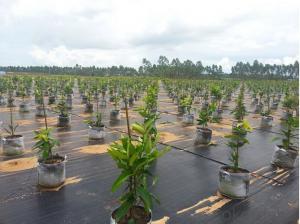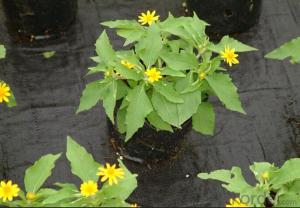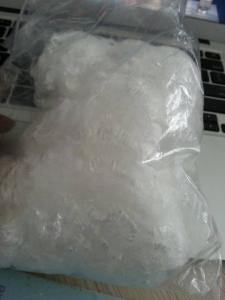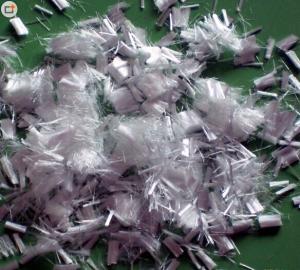Tri-dimension Composite Geonet for Drainage
- Loading Port:
- Qingdao
- Payment Terms:
- TT or LC
- Min Order Qty:
- 5000 m²
- Supply Capability:
- 100000 m²/month
OKorder Service Pledge
OKorder Financial Service
You Might Also Like
Tri-dimension Composite Geonet for Drainage
Product Introduction
It is a new type drainage material, made of geonet and non woven geotextile.
Product Application
Landfill drainage, roadbed and road drainage, railway drainage, tunnel drainage, underground structure drainage, the retaining back wall drainage, gardens and sports grounds drainage.
Product Specifications:
Geonet thickness: 5m-8m,
Width: 2m-4m.
Weight of non woven geotextile: 200g/m2.
Length: according to clients' request
Packaging Details:pp woven bags or at your request
Delivery Detail:15 days
Product Property:
It has the property of geotextile and geonet and provide a function system filtration-drainage-protection.
The core of net with its unique tri-dimension structure can bear higher compression load in construction and remain the cerain thickness, provide good water conductivity.
FAQ:
Q: What kind of payments could you support?
A: T/T, L/C, Cash are accepted.
Q: Do you charge for the samples?
A: Accordeing to our company policy, the samples are freee, we only charge the freight fee. And we will return the freight fee during the next order.
Q: Can you produce according to customers' design?
A: Sure, we are professional manufacturer, OEM and ODM are both welcome.
Q: Do you have other products?
A: Yes, please check the pictures:
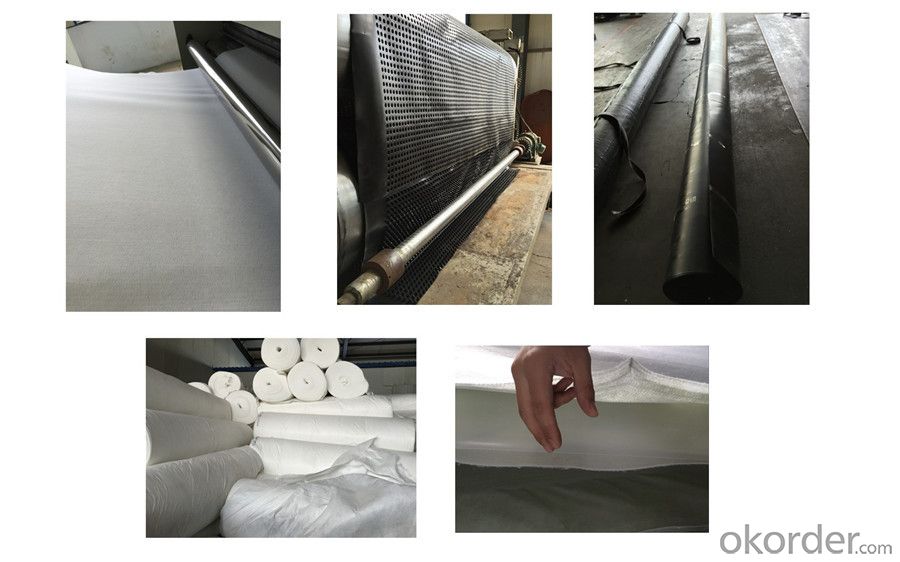
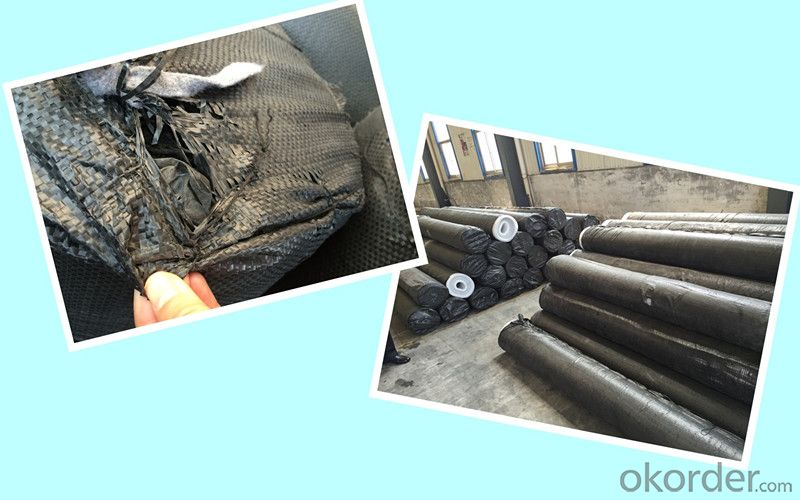
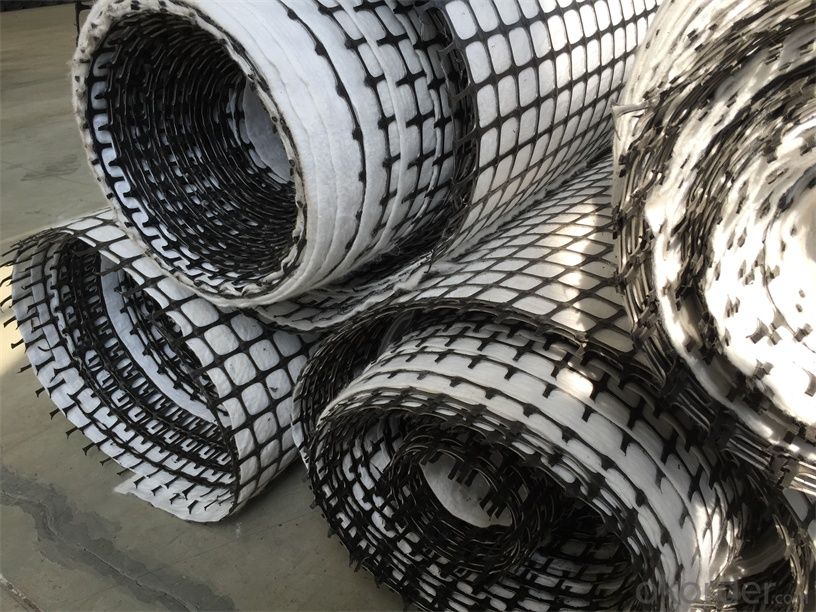
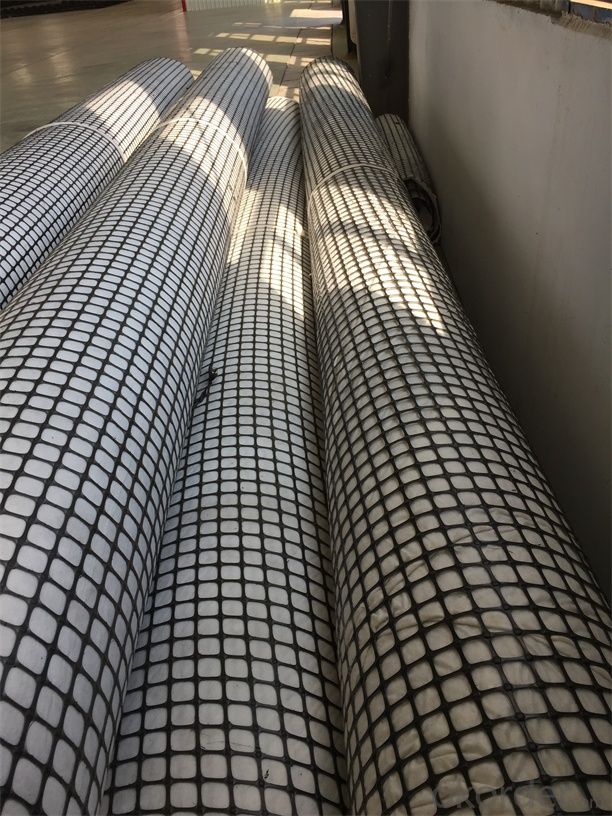
- Q:Can geosynthetics be used for reinforcement in dam construction?
- Yes, geosynthetics can be used for reinforcement in dam construction. Geosynthetics, such as geotextiles and geogrids, are often used to enhance the stability and strength of dams by providing additional reinforcement and improving soil behavior. These materials can help control soil erosion, increase load-bearing capacity, and enhance overall performance and safety of the dam structure.
- Q:Are earthwork products suitable for constructing wildlife crossings?
- Yes, earthwork products are suitable for constructing wildlife crossings. Earthwork products such as soil, rocks, and vegetation can be used to create natural and safe passages for wildlife to cross roads, highways, or other barriers. By using these materials, engineers and conservationists can design wildlife crossings that blend seamlessly with the surrounding environment and provide safe routes for animals to move across human-made barriers.
- Q:How do geotextile tubes help in marine construction?
- Geotextile tubes play a crucial role in marine construction by providing effective shoreline protection, erosion control, and sediment containment solutions. These large fabric tubes, typically filled with sand or other materials, are deployed along coastlines to create protective barriers against waves, tides, and currents. They help stabilize coastal areas, prevent erosion, and provide a foundation for the construction of docks, breakwaters, and other marine structures. Additionally, geotextile tubes can be used for land reclamation projects, creating new land areas that can be utilized for infrastructure development or habitat restoration.
- Q:How can geocomposites be used in subsurface irrigation systems?
- Geocomposites can be used in subsurface irrigation systems to enhance the efficiency and effectiveness of water distribution. These synthetic materials are often placed beneath the surface to create a barrier that prevents the clogging of soil or sand particles in the irrigation system. The geocomposites also help in distributing water evenly across the soil, reducing the risk of waterlogging or run-off. Additionally, they aid in improving the filtration of water, preventing the intrusion of unwanted particles or contaminants into the irrigation network. Overall, geocomposites serve as a valuable tool in optimizing subsurface irrigation systems and promoting sustainable water management practices.
- Q:What are the advantages of using earthwork products?
- There are several advantages to using earthwork products. Firstly, earthwork products are typically made from natural materials, such as clay or soil, which makes them environmentally friendly and sustainable. Secondly, these products are cost-effective as they can often be sourced locally, reducing transportation costs. Additionally, earthwork products have excellent thermal properties, providing insulation to buildings and reducing energy consumption. Lastly, these products are versatile and can be used for various applications, including landscaping, construction, and erosion control, making them a practical choice for many projects.
- Q:What is the purpose of using geotextiles in earthwork projects?
- The purpose of using geotextiles in earthwork projects is to improve soil stability, drainage, and erosion control. Geotextiles act as a barrier between different soil layers, preventing mixing and promoting better compaction. They also allow for water to pass through while retaining soil particles, thereby enhancing drainage and preventing waterlogging. Additionally, geotextiles help to control erosion by reducing the impact of water flow and protecting the underlying soil from being washed away.
- Q:How do geopipes help in subsurface irrigation systems?
- Geopipes help in subsurface irrigation systems by efficiently delivering water directly to the plant roots, reducing water loss due to evaporation and runoff. They allow for precise control of water distribution, ensuring uniformity and preventing overwatering or underwatering. Geopipes also help in preventing weed growth and reducing soil erosion, ultimately promoting healthier plant growth and conserving water resources.
- Q:Are earthwork products suitable for agricultural drainage systems?
- Yes, earthwork products are suitable for agricultural drainage systems. They are commonly used to create ditches, berms, and channels to effectively manage excess water and improve soil drainage in agricultural fields. These products, such as geotextiles, geogrids, and geomembranes, provide stability, erosion control, and filtration capabilities, making them ideal for constructing and maintaining efficient agricultural drainage systems.
- Q:What are the advantages of using geotextiles in subbase stabilization?
- There are several advantages of using geotextiles in subbase stabilization. Firstly, geotextiles act as a barrier to prevent the mixing of different layers in the subbase, thereby maintaining the integrity of the road or structure. They also help in distributing loads evenly, reducing the chances of differential settlement. Geotextiles improve the overall strength and stability of the subbase, increasing its load-bearing capacity and extending the lifespan of the structure. Additionally, they enhance drainage by allowing water to pass through while preventing the accumulation of fines, preventing erosion and maintaining the subbase's structural integrity. Overall, geotextiles provide cost-effective and sustainable solutions for subbase stabilization in various construction projects.
- Q:What is the function of geosynthetic drainage materials in sports field drainage?
- The function of geosynthetic drainage materials in sports field drainage is to provide effective water drainage and prevent water accumulation on the playing surface. These materials are designed to allow water to flow freely through the drainage system, reducing the risk of waterlogged fields and promoting optimal playing conditions.
1. Manufacturer Overview |
|
|---|---|
| Location | |
| Year Established | |
| Annual Output Value | |
| Main Markets | |
| Company Certifications | |
2. Manufacturer Certificates |
|
|---|---|
| a) Certification Name | |
| Range | |
| Reference | |
| Validity Period | |
3. Manufacturer Capability |
|
|---|---|
| a)Trade Capacity | |
| Nearest Port | |
| Export Percentage | |
| No.of Employees in Trade Department | |
| Language Spoken: | |
| b)Factory Information | |
| Factory Size: | |
| No. of Production Lines | |
| Contract Manufacturing | |
| Product Price Range | |
Send your message to us
Tri-dimension Composite Geonet for Drainage
- Loading Port:
- Qingdao
- Payment Terms:
- TT or LC
- Min Order Qty:
- 5000 m²
- Supply Capability:
- 100000 m²/month
OKorder Service Pledge
OKorder Financial Service
Similar products
New products
Hot products
Hot Searches
Related keywords

